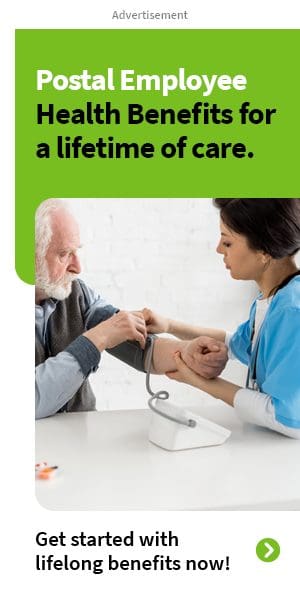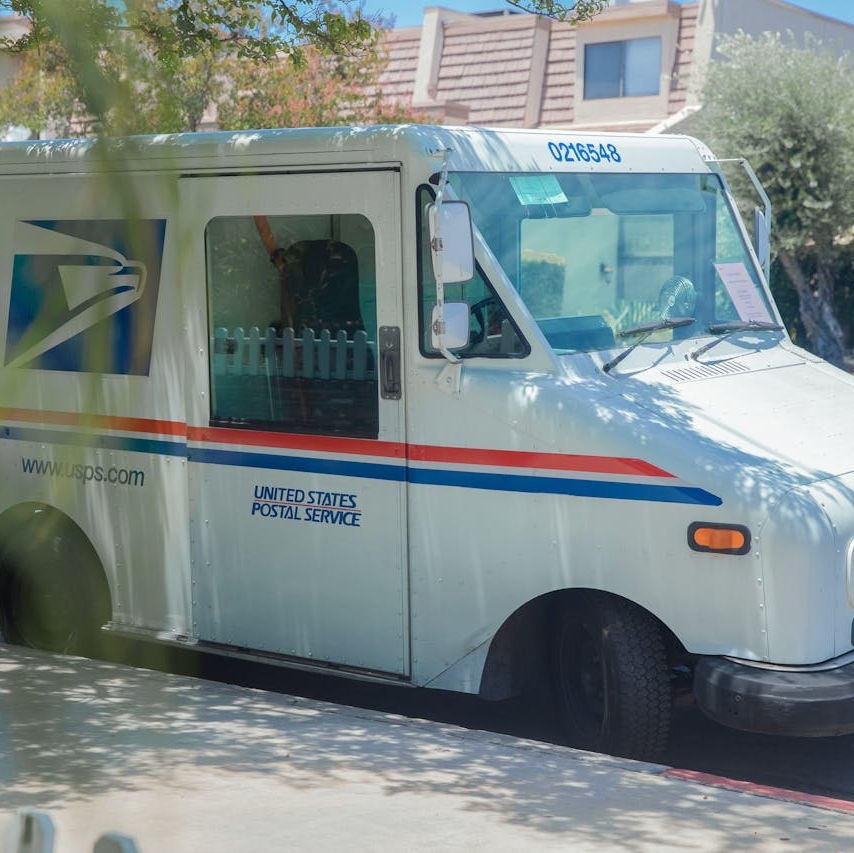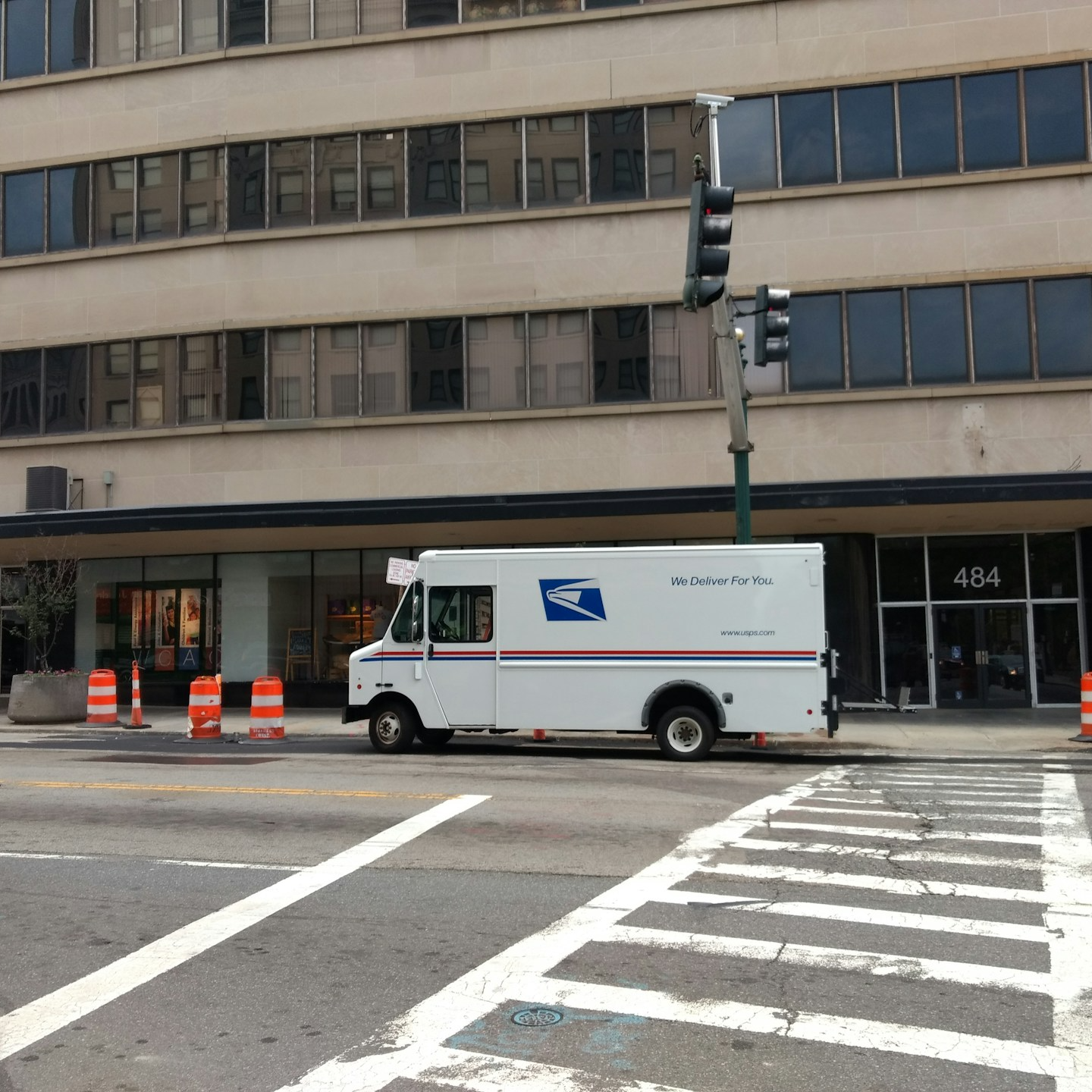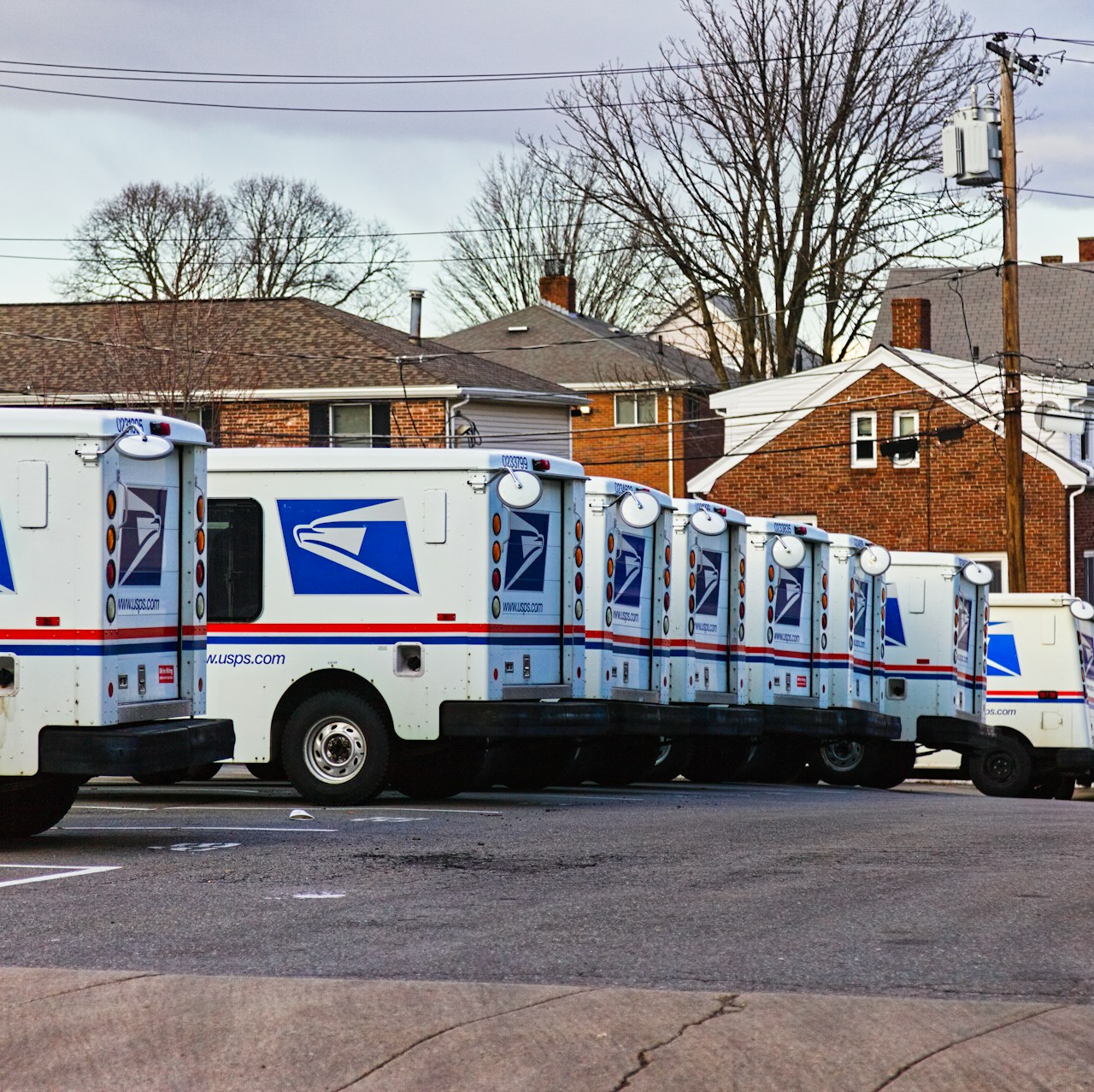Key Takeaways
-
The transition to the Postal Service Health Benefits (PSHB) program in 2025 introduces tailored healthcare options for USPS workers, ensuring alignment with their specific needs.
-
Understanding the enrollment process, Medicare integration, and available benefits is crucial to making informed decisions about your healthcare coverage.
A New Era of Healthcare for USPS Employees
The shift to the Postal Service Health Benefits (PSHB) program starting January 1, 2025, marks a significant transformation in healthcare coverage for USPS employees, retirees, and their eligible family members. If you’re part of this group, it’s essential to understand how this change will impact your benefits, enrollment requirements, and overall healthcare options.
The PSHB program not only restructures healthcare coverage but also introduces new systems and processes designed to simplify and enhance the overall experience. By addressing the specific needs of USPS employees, PSHB aims to create a more efficient and comprehensive healthcare framework, ensuring long-term benefits and stability.
What Makes PSHB Different?
The PSHB program is exclusively designed for USPS workers and annuitants, offering healthcare coverage separate from the Federal Employees Health Benefits (FEHB) system. This move aims to better address the unique healthcare needs of postal employees, providing options that prioritize affordability and comprehensive coverage.
Key Features of PSHB
-
Tailored Plan Options: Unlike the FEHB system, PSHB offers plans specifically crafted for postal employees, ensuring that coverage is both practical and relevant.
-
Medicare Integration: If you’re Medicare-eligible, PSHB plans often work seamlessly with Medicare, reducing out-of-pocket costs and enhancing benefits.
-
Automatic Transition: For those currently enrolled in FEHB plans, the switch to PSHB is automatic unless you choose to make changes during Open Season.
-
Focused Support: Dedicated resources and tools are available to USPS employees, offering guidance on plan selection and enrollment.
Navigating the Enrollment Process
Open Season Enrollment
Open Season is your opportunity to evaluate and select a PSHB plan that meets your needs. The 2024 Open Season ran from November 11 to December 13, and any changes made will take effect on January 1, 2025. If you missed this period, you can only make changes due to Qualifying Life Events (QLEs).
During Open Season, it’s critical to assess your current healthcare needs and compare available PSHB plans. Each plan offers unique benefits, so taking the time to understand the details can help you choose the most suitable option.
Automatic Enrollment for Current Members
If you were enrolled in an FEHB plan before 2025, you were automatically transitioned to a corresponding PSHB plan. However, it’s always wise to review your new plan to ensure it aligns with your healthcare requirements.
Automatic enrollment is designed to simplify the transition, but it’s your responsibility to confirm that your coverage meets your expectations. Reviewing the fine print of your new plan ensures that you’re aware of any changes to premiums, coverage, or benefits.
Medicare Requirements and Benefits
Mandatory Enrollment for Certain Annuitants
One of the most notable aspects of the PSHB transition is the requirement for Medicare-eligible USPS retirees and their family members to enroll in Medicare Part B. However, exceptions apply:
-
If you retired on or before January 1, 2025, and are not already enrolled in Part B, this requirement does not affect you.
-
Employees who are 64 or older by January 1, 2025, also qualify for an exemption.
This requirement ensures a streamlined integration of Medicare and PSHB, providing enhanced benefits and reducing potential gaps in coverage.
Advantages of Medicare Integration
Enrolling in Medicare Part B alongside your PSHB plan can bring significant financial benefits:
-
Reduced Costs: Many PSHB plans waive deductibles and coinsurance for those enrolled in Medicare.
-
Comprehensive Coverage: The integration of Medicare and PSHB ensures you’re covered for a wide range of healthcare services, from routine check-ups to specialized treatments.
-
Simplified Administration: Coordinated benefits mean fewer billing issues and a more straightforward healthcare experience.
Cost Implications of PSHB
Premium Contributions
While the specifics of premiums under PSHB vary, the government’s contribution remains a significant factor in keeping costs manageable. As a USPS employee or retiree, you can expect government contributions similar to those under the FEHB system.
Understanding your share of premium contributions is essential for budgeting purposes. Ensure you’re aware of how your premiums may change under PSHB, especially if you’re transitioning from FEHB.
Pharmacy Benefits and Out-of-Pocket Caps
One of the major advantages of the PSHB program is its enhanced prescription drug coverage:
-
Medicare-eligible members will automatically receive prescription drug benefits through a Medicare Part D Employer Group Waiver Plan (EGWP).
-
A new out-of-pocket cap of $2,000 for prescription drugs under Medicare Part D begins in 2025, providing significant financial relief for high-cost medications.
-
Enhanced coordination between pharmacy benefits ensures that you pay less for the medications you rely on most.
These cost-saving measures highlight PSHB’s commitment to affordability and accessibility for all enrollees.
Qualifying Life Events and Special Enrollment Periods
If you experience a Qualifying Life Event (QLE), you can make changes to your PSHB coverage outside of Open Season. Examples of QLEs include marriage, divorce, the birth of a child, or changes in employment status. These events trigger a Special Enrollment Period, allowing you to adjust your coverage to reflect your new circumstances.
It’s essential to report QLEs promptly to ensure your coverage remains uninterrupted. Familiarizing yourself with the process for updating your benefits can save time and reduce stress during significant life changes.
How PSHB Enhances Your Healthcare Experience
Broader Plan Choices
With PSHB, you’ll have access to a variety of plans tailored to postal employees. Whether you’re looking for comprehensive family coverage or a plan that integrates with Medicare, there’s an option to suit your needs.
These broader choices mean you can select a plan that best aligns with your lifestyle and healthcare priorities, giving you greater control over your benefits.
Simplified Coordination with Medicare
For Medicare-eligible enrollees, the coordination between PSHB and Medicare Part B ensures that you get the most out of both programs. This seamless integration reduces administrative headaches and maximizes your healthcare benefits.
Enhanced coordination also helps eliminate redundancies, ensuring you’re not paying for duplicate coverage or services.
Preparing for the Transition
Reviewing Your Options
Before making any decisions, take the time to:
-
Evaluate Your Current Needs: Consider your family’s healthcare requirements and whether your new PSHB plan meets them.
-
Compare Plans: Use available resources to compare the benefits, premiums, and coverage of different PSHB plans.
-
Seek Assistance: If you’re unsure about your options, consult with a benefits advisor or use online tools provided by the Office of Personnel Management (OPM).
Proactively reviewing your options ensures that you’re prepared for the transition and confident in your choice of coverage.
Staying Informed
The success of this transition depends on staying updated. Keep an eye on official communications from USPS and OPM to ensure you’re aware of any changes or updates to the PSHB program.
Regularly checking for updates ensures that you’re always in the loop and prepared to make informed decisions about your healthcare.
Key Deadlines to Remember
-
January 1, 2025: PSHB coverage officially begins.
-
October 15 to December 7, 2025: Medicare Open Enrollment for the next year.
-
November 11 to December 13, 2025: PSHB Open Season for any plan changes.
Marking these deadlines on your calendar can help ensure you don’t miss important opportunities to review or adjust your coverage.
Looking Ahead: The Future of USPS Healthcare
The introduction of the PSHB program represents a major step forward in tailoring healthcare to meet the unique needs of USPS employees and retirees. By offering customized plan options, enhancing Medicare integration, and maintaining affordability, PSHB aims to provide peace of mind for all enrollees.
As you navigate this transition, staying informed and proactive will help you maximize the benefits of your new healthcare coverage. With the PSHB program, USPS is setting a new standard for employee-focused healthcare solutions.












